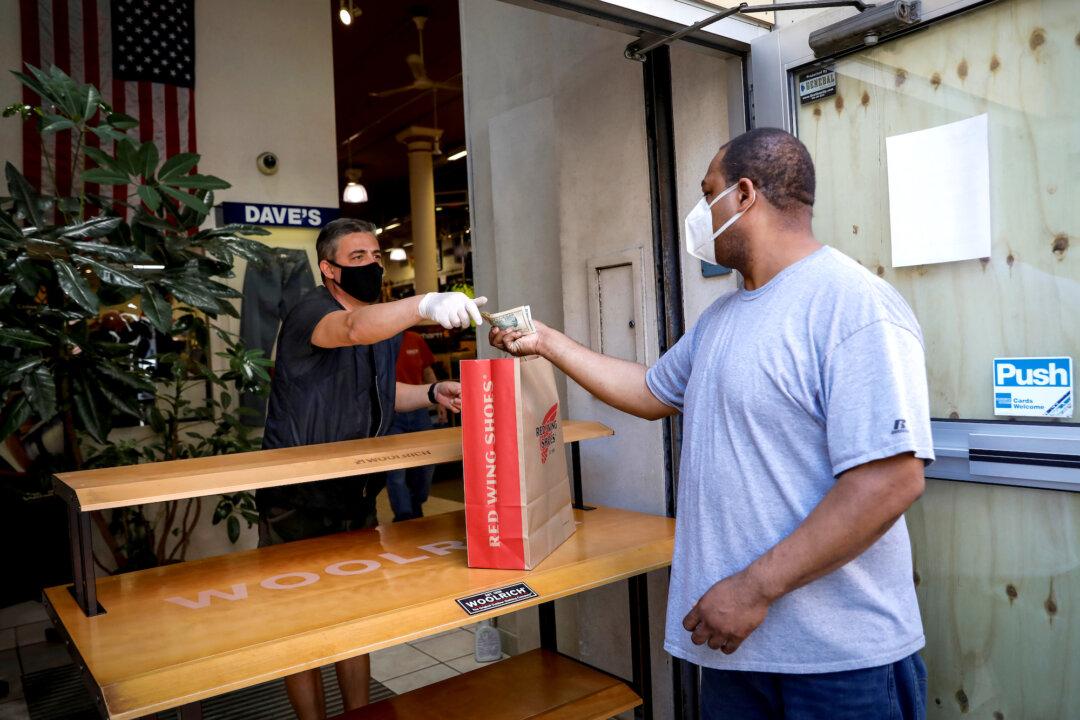Consumer spending in America staged a record rebound in May though personal income fell, dampening hopes for a quick recovery from the pandemic-driven recession.
The Commerce Department released its monthly report on household income and spending on Friday, which showed that personal consumption expenditures (PCE) increased $994.5 billion (8.2 percent) in May. Consumer spending accounts for around two-thirds of demand in America’s economic output.





